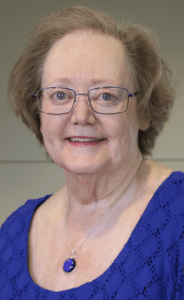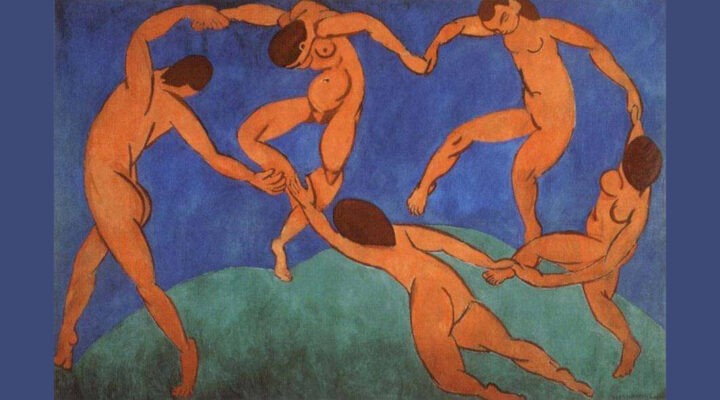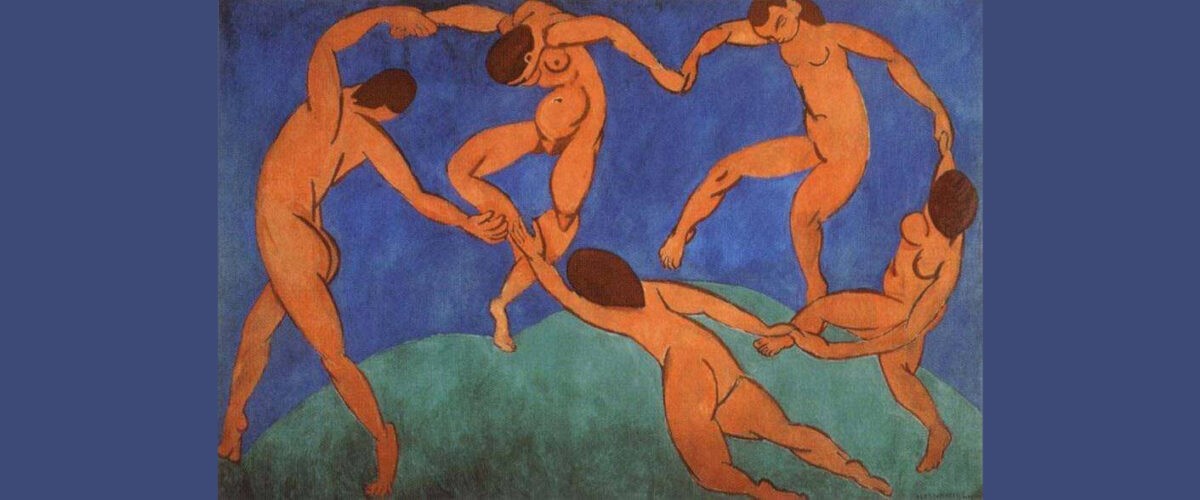Dance, then, wherever you may be,
I am the Lord of the Dance, said he,
And I’ll lead you all, wherever you may be,
And I’ll lead you all in the Dance, said he.
During Ordinary time in the Christian year, we focus on the life, teaching and ministry of Jesus. I Danced in the Morning or “Lord of the Dance” (1963), a popular folk hymn by Sydney Carter (1915-2004), offers a modern recounting of events in Jesus’ life.
Born in London, Carter spent his life in a city where he encountered many styles of music and musical experiences: hymn-singing, popular music in local music halls, community music sings, classical music concerts, and gramophone recordings. As a result, he developed an eclectic taste in music, being particularly fond of English folk music.

Beverly Howard
Raised as a Quaker pacifist, Carter served in the Friends’ Ambulance Unit in the Middle East during World War II and worked after the war for the British Council, resettling refugees in England. Although trained as a historian and a teacher by profession, he eventually followed his vocation in poetry and songwriting. Considered a leader in the English folksong revival of the 1950s and ’60s, he read his poetry and performed his songs alongside folk musicians such as Pete Seeger and Judy Collins. It is in this milieu that Carter wrote his most popular hymn.
Carter crafted a five-stanza hymn with refrain using the metaphor of dance, which embodies the interplay between God and us. Carter commented on his choice of a dance metaphor in this hymn:
I see Christ as the incarnation of that piper who is calling us. He dances that shape and pattern which is at the heart of our reality. I sing of the dancing pattern in the life and words of Jesus. Whether Jesus ever leaped in Galilee to the rhythm of a pipe or drum I do not know. We are told that David danced (and as an act of worship too), so it is not impossible. The fact that many Christians have regarded dance as a bit ungodly (in church, at any rate) does not mean that Jesus did.
Throughout Scripture, we are exhorted to “sing a new song,” or “sing praises,” or “sing psalms, hymns and spiritual songs.” Scripture also includes notable references of the Hebrews dancing to express exuberance over Jehovah’s activity in their lives. After crossing the Sea of Reeds, Miriam led the women in dance (Exodus 15). David danced before the Ark of the Covenant (2 Samuel 6). The psalms contain exhortations to include dancing as part of praise (Psalm 149), (Psalm 150). The Hebrews also lamented those times in which their dancing ceased (Lamentation 5) and they hoped for the promise of restoration (Jeremiah 31).
“Using vibrant imagery, Carter created a new song that invites us to join Jesus in the Dance.”
Using vibrant imagery, Carter created a new song that invites us to join Jesus in the Dance. Through five stanzas, Jesus retells his life events using the first person “I.” The refrain shifts the voice to third person “he” as we respond, encouraging one another to dance our faith as Christ leads “wherever you may be.”
One of the reasons this hymn proved popular is Carter’s choice of tune: SIMPLE GIFTS, a 19th century American Shaker hymn tune. Carter considered this pairing of text and tune as appropriate because the Shakers viewed dance as a spiritual activity.
Carter’s pervasive use of dance in each of the five stanzas energizes the story that begins at Creation. Christ, present with God at Creation, dances, “in” (not “on”) “the moon and the stars and the sun.” This choice of preposition conveys Christ as actively involved at Creation and not as a casual bystander. His birth “at Bethlehem,” the incarnation, further manifests Christ’s interaction with humanity.
Stanzas two and three relate significant events from Jesus’ ministry: confrontations with established religion, calling of disciples, miracles, crucifixion. Carter includes events that were both high and low points in Christ’s ministry.
Conventional wisdom dictates Jesus’ ministry risked failure when “scribes, Pharisees” and other “holy people” of established religion declined the invitation to the Dance. Nevertheless, there were those willing to accept the call — such as “the fishermen, James and John” — risking all to follow Jesus so that the Dance went on. This happens in our own spiritual lives as we grow and mature in faith and then, predictably, falter. However, the Dance still goes on and Christ’s invitation is never withdrawn.
“The Lord of the Dance extends an extraordinary invitation to us: to live ‘in’ Christ.”
The tone changes in the fourth stanza with the events of the crucifixion. The second line refers to Jesus taking on the sin of the world (“hard to dance with devil on your back”). Jesus honestly acknowledges how difficult it is to be faithful in dire circumstances. When facing devastating physical or spiritual circumstances, we can prevail, knowing that not even death stops the Dance.
A vision of ecstatic, reenergized movement of resurrection (“and I leapt up high”) replaces the despair sung in the previous stanza. The Lord of the Dance extends an extraordinary invitation to us: to live “in” Christ. Again, the preposition used here is important; it is much more than the promise of Christ being with us, but it is in God that we “live and move and have our being” (Acts 17:28).
Not only is this hymn popular with congregations, having been published in more than 50 hymn collections, it also has been performed and recorded by various artists. Here are some YouTube links to recordings in various settings: Dubliners, Jean Watson, virtual choir, children’s choir, choir and congregation, contemporary worship song.
Beverly A. Howard lives in Fort Worth, Texas. She is a retired university music professor, former editor of The Hymn: A Journal of Congregational Song, and member of hymnal committees that prepared Glory to God: The Presbyterian Hymnal and Celebrating Grace: Hymnal for Baptist Worship. She is a collaborating author for the forthcoming hymnology textbook Sing with Understanding: An Introduction to the Theology of Christian Congregational Song with Martin V. Clarke, Geoffrey Moore and C. Michael Hawn.
Related articles:
Hymn stories: ‘There is a balm in Gilead’ | Opinion by Beverly Howard


